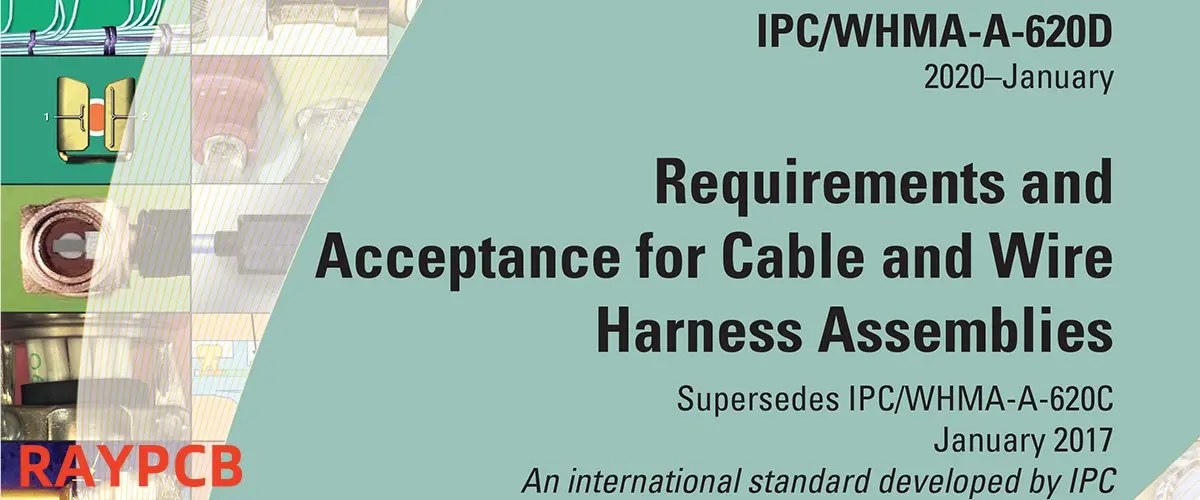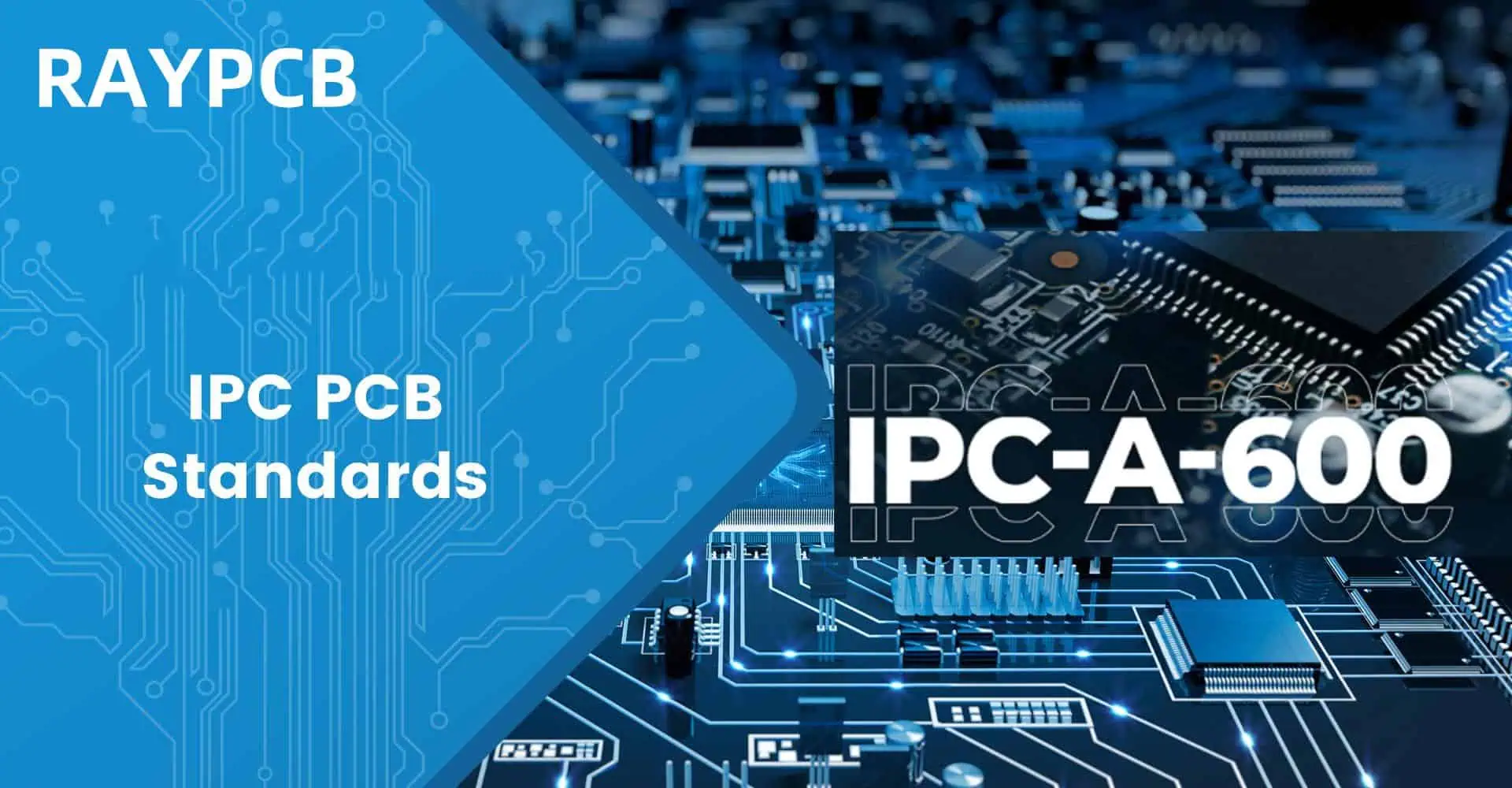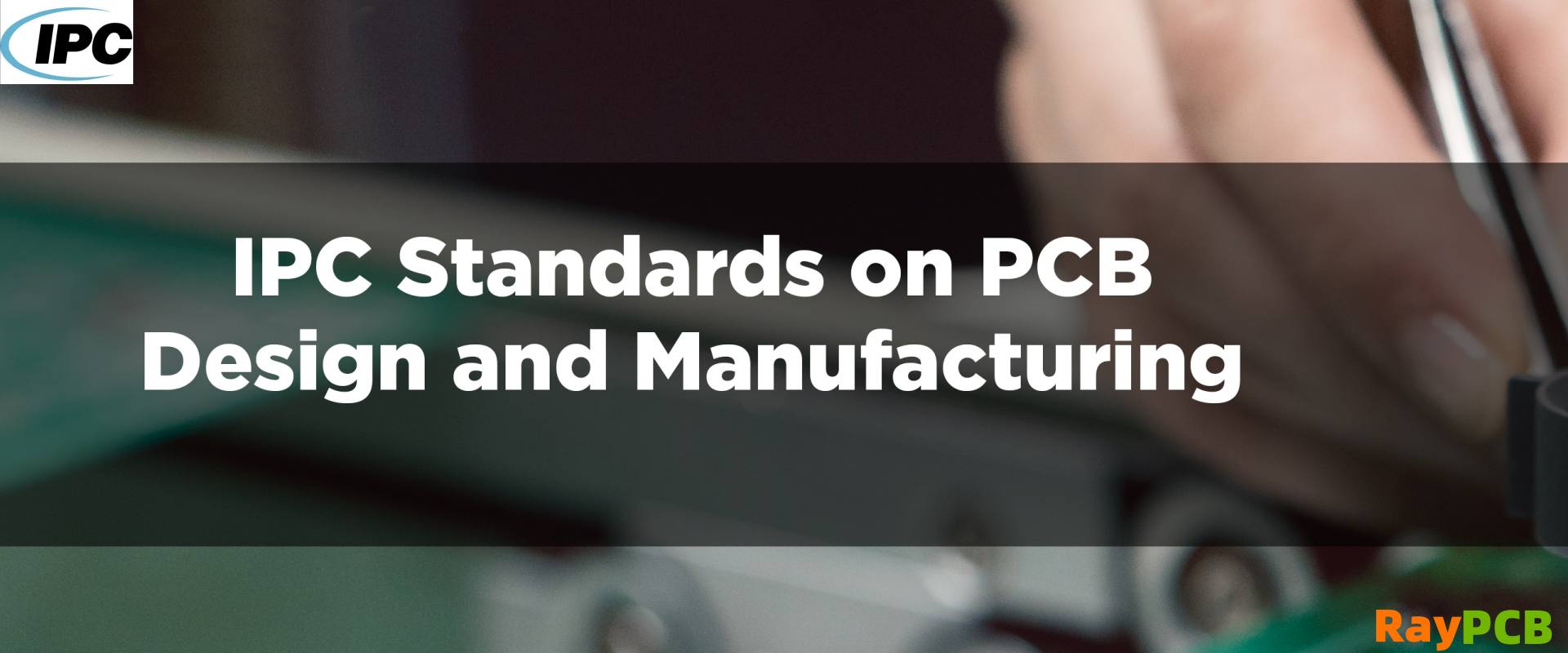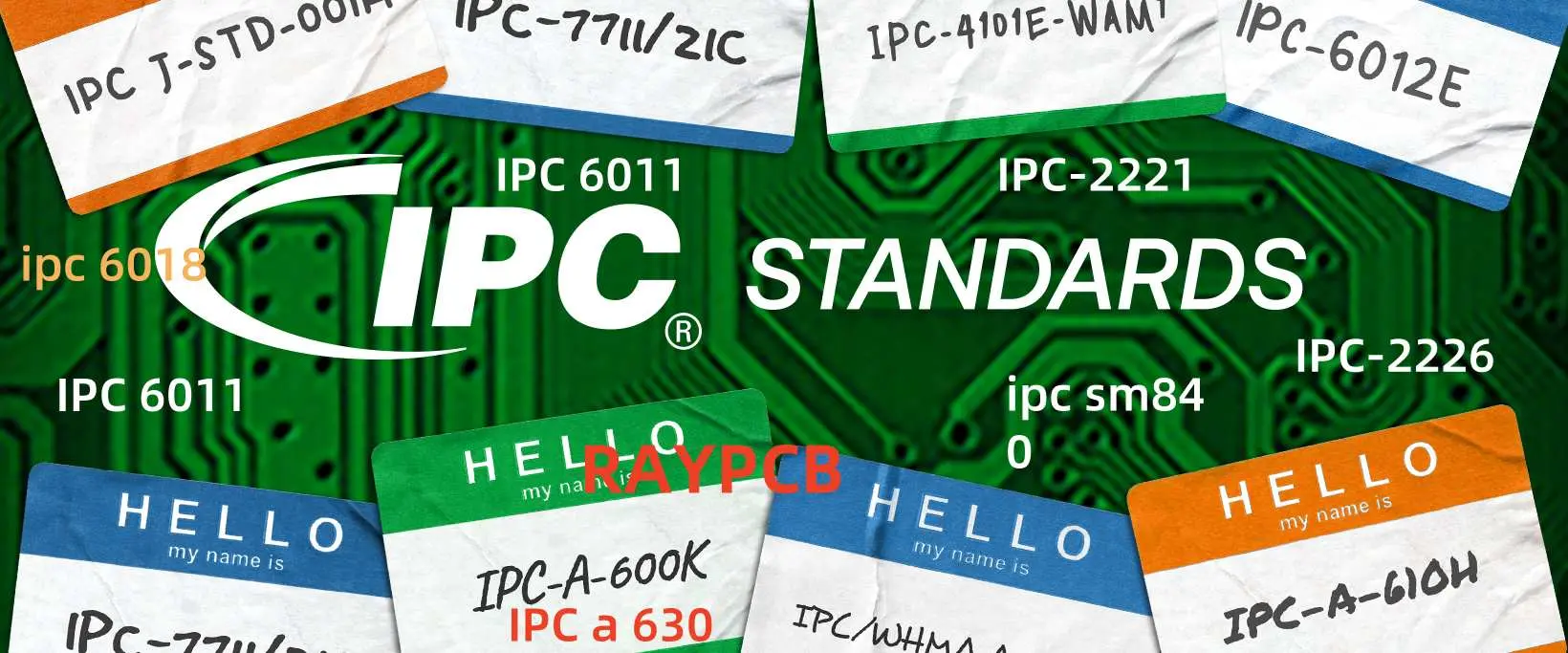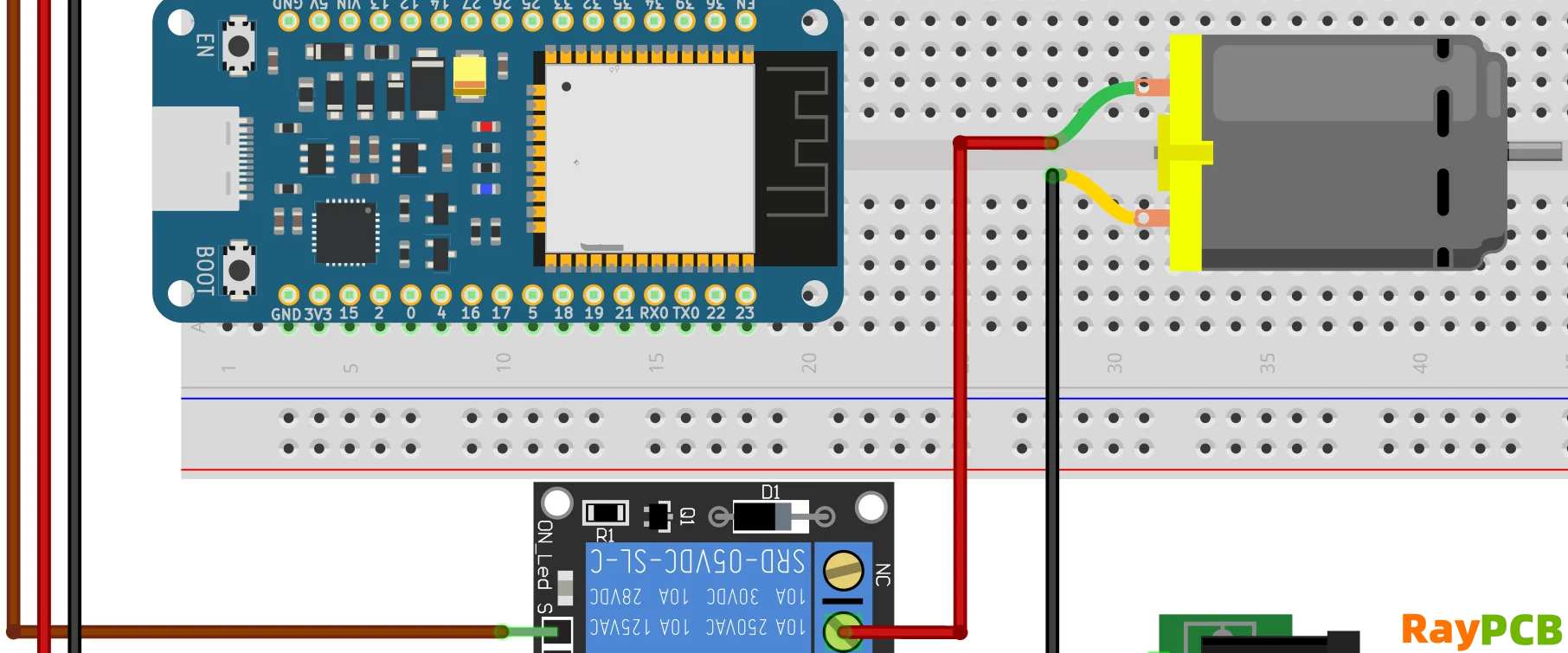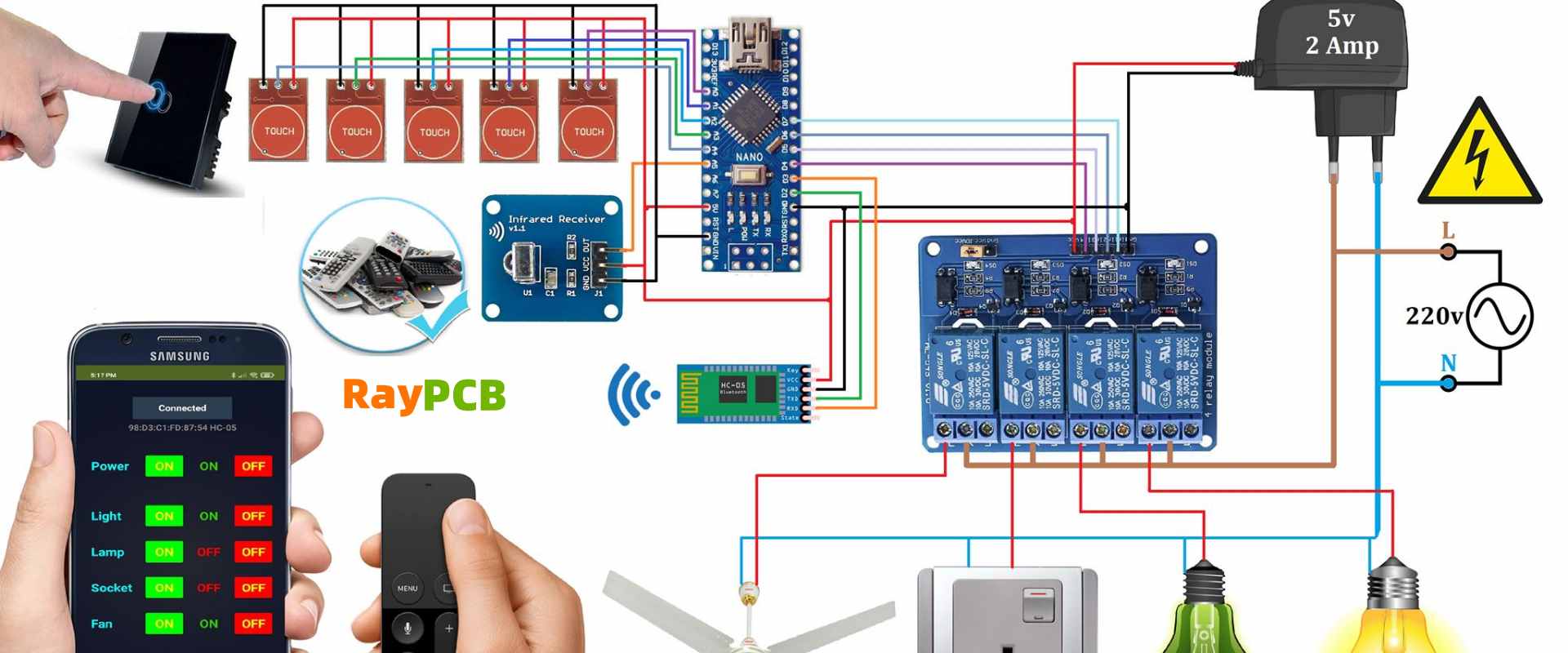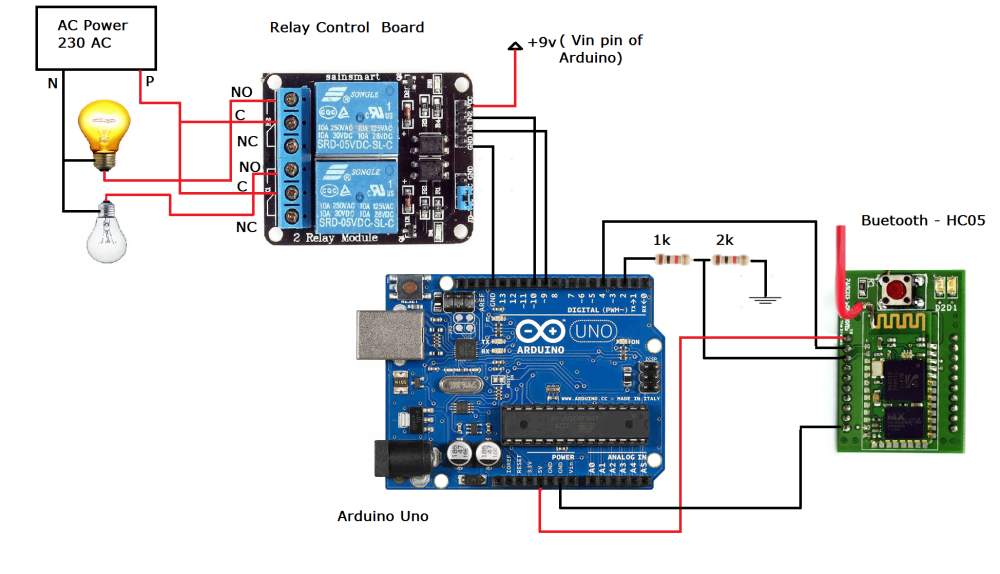When you’re working with high-frequency circuits, especially in the 5G realm, the substrate material you choose can make or break your design. I’ve seen too many engineers underestimate just how critical this decision is until they’re troubleshooting signal integrity issues at 28GHz or beyond. That’s where Rogers Corporation steps in, and honestly, they’ve been the go-to for RF and microwave applications for decades for good reason.
Let’s talk about why Rogers materials matter so much, and which ones you should consider for your next 5G or RF project.
Why Standard FR-4 Just Doesn’t Cut It Anymore
Before we dive into Rogers materials specifically, it’s worth understanding why we can’t just stick with good old FR-4 for everything. FR-4 is fantastic for your typical digital circuits running at lower frequencies. It’s cheap, readily available, and your PCB fab house knows it inside and out. But push it into the gigahertz range, and things start falling apart quickly.
The dielectric constant of FR-4 varies wildly with frequency and temperature. Its loss tangent is too high for efficient signal transmission at millimeter-wave frequencies. When you’re dealing with 5G applications operating at 24GHz, 28GHz, or even higher into the 39GHz range, those losses add up fast. You end up with poor insertion loss, inconsistent impedance, and generally unreliable performance. That’s not what you want when you’re trying to deliver consistent 5G coverage or process radar signals accurately.
Understanding What Makes Rogers Materials Different
Rogers Corporation engineered their high-frequency laminates specifically to solve these problems. The key differences come down to a few critical parameters: dielectric constant (Dk), dissipation factor (Df), thermal coefficient of dielectric constant, and overall material stability.
Rogers materials use ceramic-filled PTFE composites, hydrocarbon ceramics, and other specialized formulations instead of the woven glass epoxy you find in FR-4. This gives them much tighter control over electrical properties across frequency and temperature ranges. The dielectric constants are more stable, the losses are significantly lower, and you get far better predictability in your designs.
RO4000 Series: The Workhorse for Many Applications
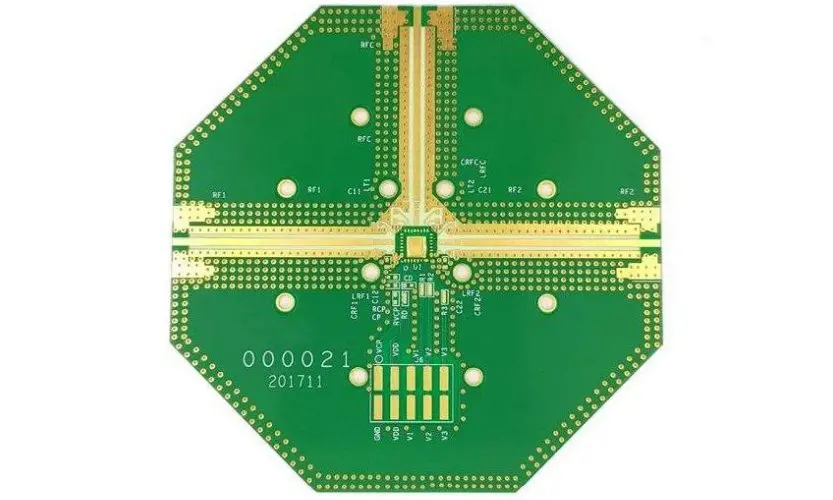
Let’s start with probably the most popular series for mixed-signal and RF work: the RO4000 family. If you’re designing something that needs high-frequency performance but you also have cost constraints (and who doesn’t?), this is likely where you’ll land.
RO4003C is the star of this lineup. With a dielectric constant of 3.38 at 10GHz and a dissipation factor around 0.0027, it hits a sweet spot for many 5G base station applications, antenna feeds, and power amplifier boards. What I really appreciate about RO4003C is that it’s compatible with standard FR-4 processing equipment. Your fab house doesn’t need special drills or routing tools, which keeps costs reasonable and lead times shorter.
RO4350B is another solid choice, especially when you need slightly higher Dk (3.48) for tighter circuit geometries. It’s got excellent dimensional stability and can handle lead-free soldering processes without breaking a sweat. I’ve used it successfully in designs up to about 40GHz, though it really shines in the sub-20GHz range.
The RO4000 series also offers good thermal management with relatively high thermal conductivity compared to pure PTFE materials. When you’re packing multiple power amplifiers onto a board, that heat dissipation becomes crucial. Nobody wants thermal runaway ruining their PA performance.
RO3000 Series: When Low Loss Becomes Critical
Moving up the performance ladder, the RO3000 series brings ceramic-filled PTFE into play. These materials are where you turn when insertion loss absolutely has to be minimized.
RO3003 is built for high-frequency applications where loss is your enemy. With a Df of just 0.0013 and Dk of 3.00, it’s excellent for millimeter-wave circuits. I’ve seen it used extensively in 5G mmWave antenna arrays, where every tenth of a dB matters for link budget. The stability of its electrical properties over temperature is also impressive, which matters when your equipment sits on a rooftop experiencing 60-degree temperature swings.
RO3010 offers a higher dielectric constant (10.2) for when you need more compact circuit geometries. Higher Dk means shorter wavelengths in the material, so you can physically shrink your circuits. This is particularly useful for filters and matching networks where board real estate comes at a premium.
The catch with the RO3000 series is that it’s PTFE-based, so it requires special processing techniques. Not every fab house can handle it, and the ones that can will charge more. You’ll need specialized drilling equipment and carefully controlled processes. But when performance is paramount, it’s worth the extra hassle and cost.
RO5000 Series: High Dielectric Constant Solutions
Sometimes you need even higher dielectric constants to achieve miniaturization or specific design goals. That’s where the RO5000 series comes in.
RO5880 is interesting because it’s essentially pure PTFE with a Dk of 2.20 and incredibly low loss (Df of 0.0009). It’s the lowest loss material Rogers offers, making it ideal for ultra-sensitive receiver front-ends and low-noise amplifier designs. When you’re trying to detect weak signals in a 5G massive MIMO system, that low noise floor becomes essential.
On the other end of the spectrum, materials like RT/duroid 6010 offer much higher dielectric constants (10.2) for compact circuit design. These are great when you need to squeeze a complex filter network into a tiny space.
CLTE Series: Solving the CTE Mismatch Problem
Here’s something that doesn’t get talked about enough: coefficient of thermal expansion (CTE) mismatch. When you’re building hybrid designs with Rogers laminates bonded to FR-4 cores, or when you’re soldering components with different expansion rates, CTE mismatch can cause reliability nightmares over temperature cycling.
Rogers developed the CLTE (Circuit Layer Technology) series specifically to address this. These materials have their Z-axis CTE tuned to better match copper, which dramatically reduces stress on plated through-holes and improves reliability in temperature cycling tests. If you’re designing something that needs to pass strict automotive or aerospace qualification testing, CLTE materials are worth serious consideration.
Choosing the Right Material for Your Application
So how do you actually choose? It comes down to balancing several factors: operating frequency, loss requirements, circuit complexity, power handling, environmental conditions, and yes, budget.
For sub-6GHz 5G applications like the popular n78 band around 3.5GHz, RO4350B or RO4003C usually provide excellent performance at reasonable cost. Your RF frontend can use these materials without issue, and you can often integrate them into multilayer stackups with FR-4 cores to save money on non-critical layers.
Once you get into mmWave territory (24-40GHz for 5G), you really need to consider RO3003 or similar low-loss laminates. The insertion loss at these frequencies becomes significant even over short trace lengths. For antenna arrays, where you might have dozens or hundreds of elements, that loss multiplies quickly.
For satellite communications or radar systems operating at even higher frequencies, you might need to go all the way to RO5880 or similar ultra-low-loss materials. At 77GHz for automotive radar, every fraction of a dB matters.
Power handling is another consideration. If you’re designing power amplifier boards with significant RF power (think 50W or more), thermal management becomes as important as electrical performance. RO4000 series materials with their better thermal conductivity might serve you better than pure PTFE options, even if the latter have slightly lower loss.
Practical Design Considerations
Working with Rogers materials requires some adjustments to your design approach. The dielectric constants are different from FR-4, so your transmission line geometries will change. You’ll need to re-run your impedance calculations and probably adjust your trace widths and spacing.
Via design also becomes more critical. The lower dielectric constants mean the capacitance of vias is different, which affects your high-frequency performance. You might need to adjust via back-drilling depths or use different via configurations than you’re used to.
Manufacturing tolerances matter more too. At 28GHz, a few mils variance in trace width can shift your impedance significantly. You’ll want to work closely with your fab house to understand their process capabilities and design with appropriate margins.
The Cost Reality
Let’s be honest about costs. Rogers materials are significantly more expensive than FR-4. A RO4003C board might cost 3-5 times what a comparable FR-4 board costs. RO3003 can be even more expensive. When you’re prototyping or building low-volume products, this might be acceptable. For high-volume consumer products, it can be a serious challenge.
This is why hybrid stackups have become popular. You use Rogers materials only for the RF critical layers, and fill out the rest of the stackup with FR-4. Your digital control circuits, power distribution, and other low-frequency stuff runs on cheap FR-4 layers, while your RF frontend sits on a Rogers outer layer. This compromise gives you good performance where you need it without breaking the bank.
Looking Forward
As 5G continues to evolve and we push into higher mmWave frequencies, material science will keep advancing. Rogers continues developing new formulations with even better performance. We’re seeing materials optimized specifically for massive MIMO applications, others designed for better thermal management in gallium nitride (GaN) power amplifier integration, and materials that push even higher in frequency for emerging 6G research.
The bottom line is that selecting the right PCB material is just as important as your circuit design itself. Rogers materials have earned their reputation in the RF world because they deliver consistent, predictable performance where it matters most. Whether you go with the cost-effective RO4000 series for general RF work, or invest in premium RO3000 series materials for ultra-low-loss mmWave applications, understanding these materials and their trade-offs will help you build better, more reliable 5G and RF systems.
Don’t just default to what you’ve always used or what’s cheapest. Take the time to evaluate your specific requirements, run the simulations with accurate material models, and choose the substrate that best fits your application. Your future self (and your customers) will thank you when the product actually works as designed in the field.




